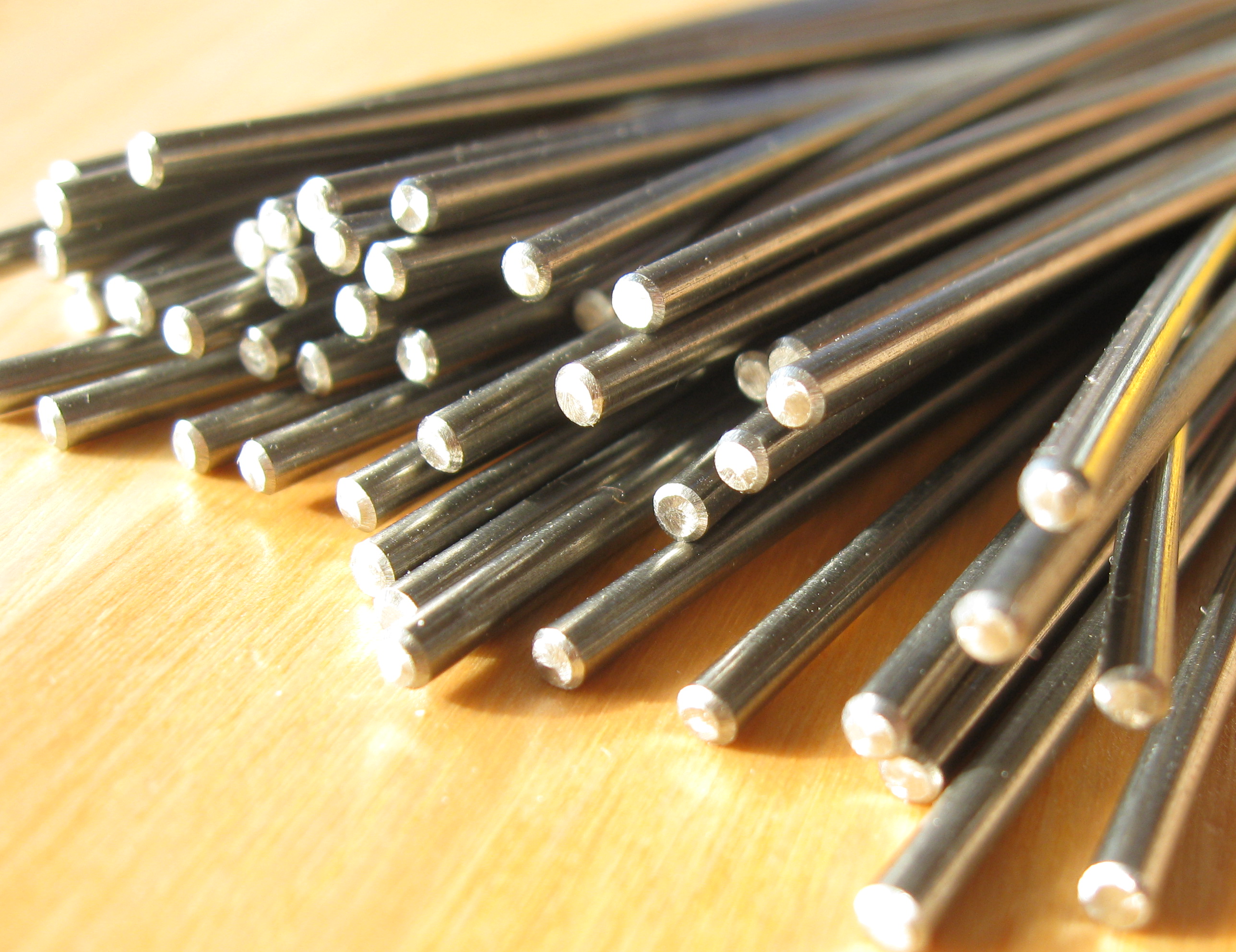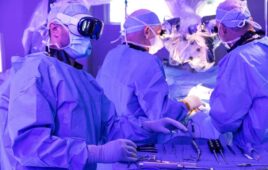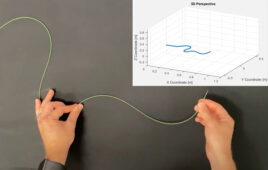
[Image from Tinavi.com]
The Beijing Tinavi Medical Technology robot, named Phecda, was used to assist the surgeon at Beijing Jishuitan Hospital. Phecda is a surgical robot that has a 3D high-definition visual system that identifies internal orthopedic structures and has an arm that guides medical tools within 0.8 mm of the needed area.
The Phecda works in a four-step plan. First, the surgeon has to take 3D images of the spine that are synchronized with the Phecda. The surgeon has to create a surgical plan that has screw selection and drill trajectory simulation. After that, the Phecda is able to guide the surgeon to the planned surgical location and uses the robotic arm for a stable implantation of the screw. The surgeon makes the incision on the patient and can then insert the implants with the Phecda’s guidance.
The surgery took place on a patient who had progressive numbness in his limbs on one side for 14 months, which was caused by a deformity in the upper cervical vertebrae. The surgeon, Tian Wei, had to implant a screw in his neck bone to help support it. The Phecda helped perform the risky surgery in one hour.
“That was the world’s first robot-assisted surgery on upper cervical vertebrae,” Wei said in a CCTV article. “Phecda is more precise than foreign products, and its cost is lower.”
Medical robots are a part of the Made in China 2025 initiative that is striving to make improvements in the manufacturing industry, according to the China-Britain Business Council. Made in China 2025 focuses on 10 sectors for China, including high-end manufacturing control equipment and robotics, biopharmaceuticals and high-end medical equipment and power equipment and technology.
Phecda is the third-generation of surgical robots to be developed by Tinavi. Upon approval from the Chinese FDA, Phecda will be commercialized later this year.
With China’s growing population, chairman of Tinavi Zhang Songgen expects there to be lots of new data to continue the research for surgical robots.
“The growing number of senior citizens will offer a sizable quantity of clinical cases, and enterprises can leverage a huge database to accelerate research and development,” he said.
Zhang also said medical robots are essential for China’s goal of selling $4.4 billion of service robots by 2020.
There are other surgical robots that are prominent in the United States. Intuitive Surgical’s DaVinci robot is one of the most known surgical robots, garnering more in operation than any other surgical robots. It performs minimally invasive surgeries and has approvals for a host of different surgical procedures, making it a leading competitor in its market.
[Want to stay more on top of MDO content? Subscribe to our weekly e-newsletter.]




